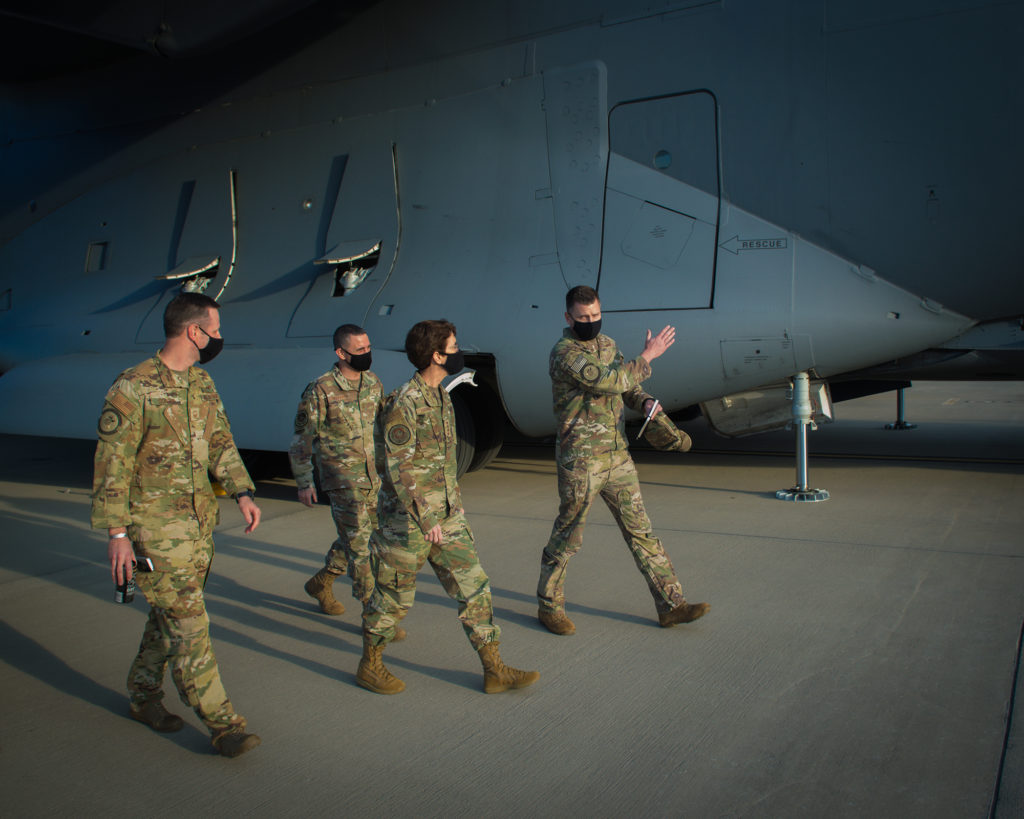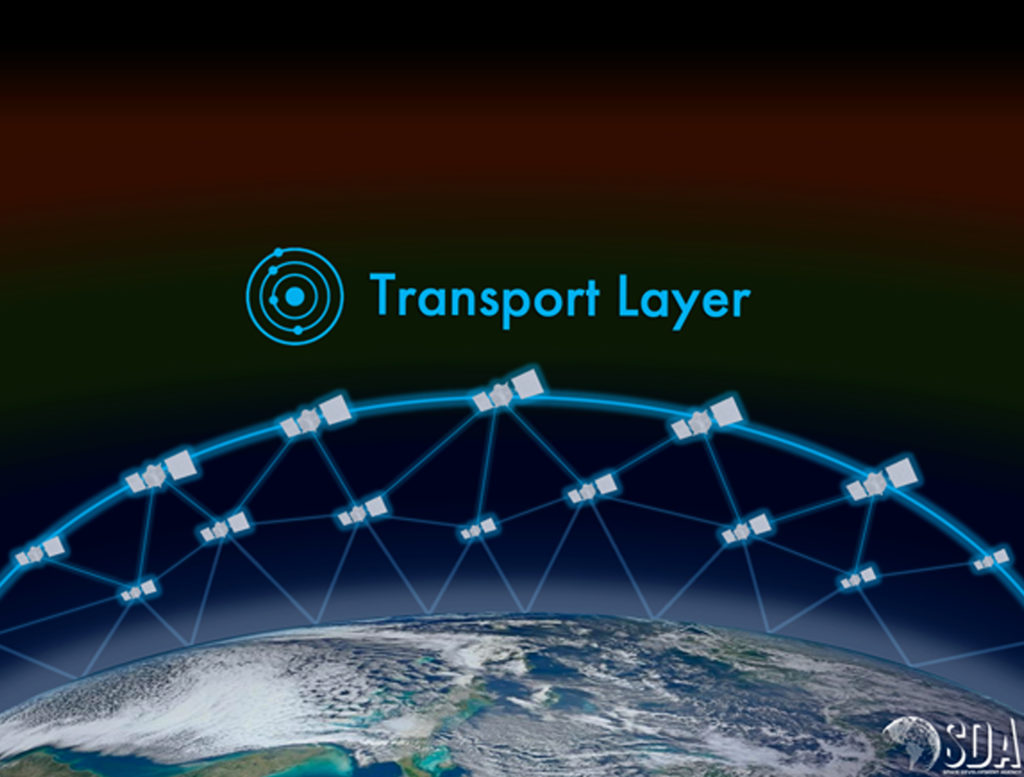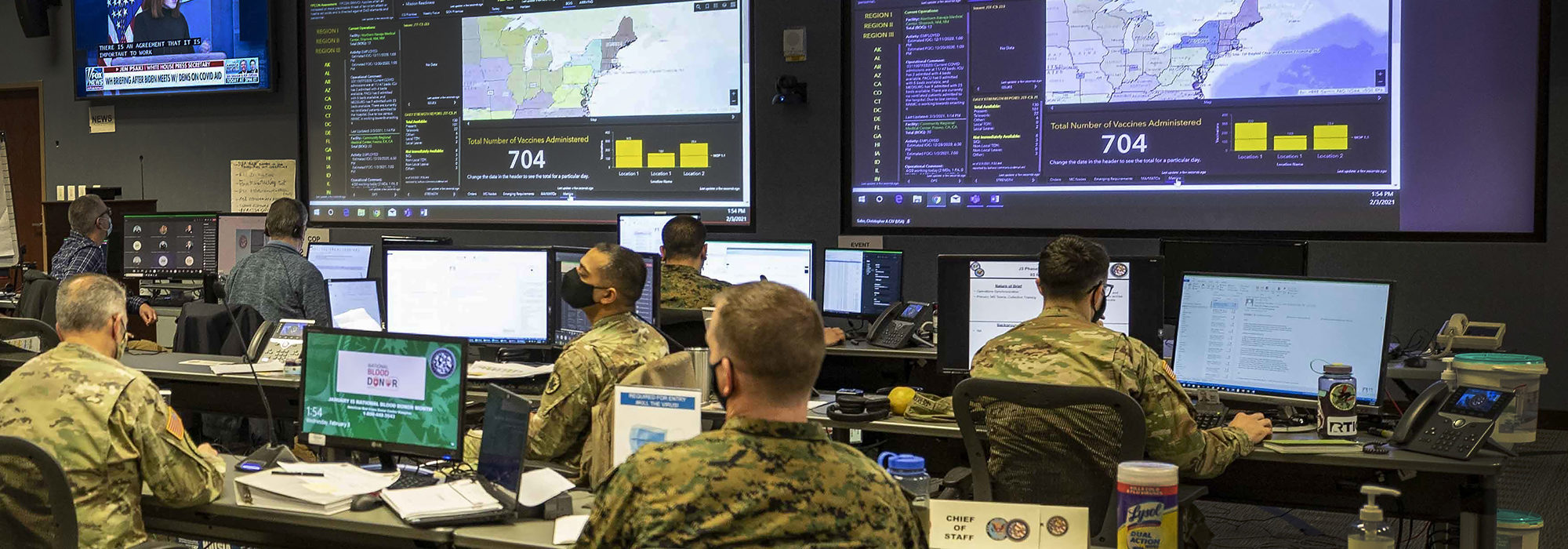Agreeing to share data is easy. Actually doing it is hard.
When Air Force Secretary Frank Kendall came to office, he was plain in his assessment of the Air Force’s Advanced Battle Management System and its work on joint all-domain command and control (JADC2). Though he thought the concepts had merit, he wasn’t convinced the Air Force was moving in the right direction to achieve operational effectiveness.
The question wasn’t whether improving the ability to move targeting data across platforms and domains was a worthy goal, but rather whether the Air Force was following a sufficiently systematic approach to making that happen.
The problem itself was not new. Retired Air Force Col. Robert H. Epstein said almost every operation he took part in over the course of his career was a joint, international affair. “We were never the only service that was there,” Epstein said. “Matter of fact, we were never the only flag that was actually represented on the org chart of how we shared information.”
No one knows what JADC2 is. It’s just completely confusing.Derek Tournear, head of the Space Development Agency
Now the senior solution architect for Leidos’ C4ISR Solutions Operation, Epstein wants to solve problems he experienced in combat. “For Libya operations, I saw pilots actually coming back and having to sit there and, on a whiteboard, tell us what they saw,” Epstein recalled. “Because we couldn’t share information with one another [technologically], and we had to do it on the fly.”
That kind of manual process might work in “a pickup war, or what we did in Afghanistan,” he said, but in a peer fight where the gaps and delays would be magnified and exploited by a highly capable enemy, they could become insurmountable weaknesses. The risk is this simple: “We’re going to lose because this gets into an OODA loop [observe, orient, decide, act] and a turning battle. [To win], we need to outturn our adversaries, so the way we make decisions is forcing them to react to us and not the other way around.”
At AFA’s Air, Space & Cyber Conference in September, JADC2 was high on everyone’s agenda, as it remains one of Kendall’s seven “Operational Imperatives”—his top priorities for the department. Kendall used some of his stage time at the AFA conference to announce Brig. Gen. Luke C.G. Cropsey had been named to coordinate the ongoing development of the Advanced Battle Management System, or ABMS. Cropsey is the integrating program executive officer for command, control, communications, and battle management.
ABMS and a new space-based “backbone” now being developed by the Space Force’s Space Development Agency are the department’s key contributions to operationalizing JADC2, which is a DOD-wide objective.
The Air Force is shifting its approach from one focused on proofs of concepts and experiments to one based on developing an operational architecture and model. Brig. Gen. Jeffery D. Valenzia, the Department of the Air Force’s cross-functional team lead for ABMS, said that rather than “imagining the solution ahead of time and establishing the key performance parameters that we want,” the department intends to offer a digital model “and we can allow you to demonstrate the proof of your solution within the model.”
Epstein applauded the progress, praising the department for “getting after the real problem, which is to create the architecture and standards that allow industry to help you solve your problems.”
This involves engineering the backward-compatibility necessary to link existing communication systems with SDA’s planned data-transport satellite constellation, which could be fielded as soon as 2024, using model-based systems engineering to develop a multi-level mesh network for battle management C2.
Defining JADC2
Devising a single universal, well-understood, and fully accepted definition of JADC2 has been elusive.
Gen. Jacqueline D. Van Ovost, head of U.S. Transportation Command, describes it this way: “It’s an ability to be connected, to understand the environment through a battlespace awareness, having secure crypto so that we can communicate and … ensure that we can get decision advantage at all echelons so that we can execute command intent at all echelons.”
Maj. Gen. John M. Olson, mobilization assistant to the Chief of Space Operations, who is also overseeing data and AI for the Space Force, defines JADC2 this way: “It’s really the ability to sense, make sense, and act across all domains, across the joint services, in a contested environment, at the speed of relevance.”
Leidos’ Epstein says JADC2 is “creating the pipes so that we can push data around, because data is everything—that’s how we make decisions.”
Or as Olson says: “It’s operationalization of data.”
So it’s not surprising that Derek Tournear, head of the Space Development Agency, says “No one knows what JADC2 is. It’s just completely confusing.”
Tournear continues: “It really is a simple concept: … How do we get any and all sensor data to any and all shooters at the right time?”
The difficult part is not the concept, but the execution, he said. “In order to do that across the ‘J’ in JADC2—across all the services—is extraordinarily difficult. Everybody uses different comm systems, and they use different networks, and it’s just very difficult to cross all of those lines.”

To simplify the problem, Tournear boils SDA’s challenge down to “two main capabilities.” The first is beyond-line-of-sight targeting. “Think mobile missile launchers—think ships. Detect them. Track them. Calculate a fire control solution and send it down directly to the war fighter so they can use that in their solution.” The second capability is to enable that same thing “for advanced missiles in flight.” That is, to detect and track a hypersonic glide vehicle in flight, then “calculate a fire control solution [and] send it down to an interceptor to take out that threat immediately.”
COMMERCIAL HELP
To achieve that vision, the U.S. must leverage its advantages in the commercial sector. “It’s the richness and the intellectual curiosity and capacity—the entrepreneurial capability and the industrial base strength of our United States as well as of our partners and allies” that must be harnessed to achieve success, Olson said.
That’s why the department is rallying around a model-based systems engineering approach for JADC2.
Lanny Merkel, director of JADC2 capabilities and proprietary programs for Collins Aerospace, said the nature of conventional military acquisition and the requirements process is that it’s often hard to read between the lines, to understand the vision and sentiment behind the requirements.
“We’ve all experienced reading requirements documents, and … you don’t really get the context,” Merkel said. “You don’t get the precision. You don’t understand the intricacies and how the activities are really related like you do when you have a model-based systems engineering model of what’s trying to be achieved.”
Engineering fellow Teri Williams of Raytheon Intelligence & Space said based on experience from the Valiant Shield exercise that the aim is not to solve the whole problem at once, but to learn as you go. “You’re going to have an initial 60 percent, 70 percent solution, that you’re going to try your best to model,” Williams said. “You’re going to take what technologies you have, and you’re going to refine those concepts.”
That’s step one. “But then you go out and you exercise that. So instead of the old antiquated tabletop exercises … we’re using real software, real hardware out in the field. So we take that and we test it. And then we refine our algorithms and then go back and test it again.”
Even with all the iterations, “we’re able to reduce the risk to the combatant commanders,” Williams said. “We’re able to reduce that cost and bring in operational capability faster.”
Ron Fehlen, vice president and general manager of USAF programs, broadband communication systems, for L3Harris Technologies, cited the benefits of clarity and focus. Instead of “blank sheets of paper,” he said, the development process becomes a “very disciplined conversation” in which participants define the ground rules and assumptions used inside the model. That brings everyone together.
Valenzia said this transparency extends beyond industry partners to include allies.
DATA PATCHWORK
Merkel said JADC2’s initial solutions will not be a “seamless integration of data between domains and enclaves,” but rather the patching together of “many existing systems … stove-piped in at different security levels.”
To do that, he said, “we really need to work through the access to the data through cross-domain solutions or secure processing activities that can, in the near term, Band-Aid … that information together.”
SDA’s planned space architecture includes a data-transport “layer” of satellites in low Earth orbit that will communicate directly with existing Link 16 communication systems, extending Link 16’s 200-nautical mile effective range with persistent space connectivity.
SDA Director Tournear said existing technology limits the number of moving targets the U.S. can engage to perhaps “a dozen or so targets a week, maybe a half dozen or so a day.”
That’s too small a threshold, he said. “If we get into a conflict where we need to prosecute hundreds a day, how are we going to do that? I can only have this communication within 200 nautical miles. How am I going to actually sense, calculate a fire control solution, and send it to a weapon all with only sensors and radios available within that? Well, that’s not going to happen.”
By enabling Link 16 “radios to tie into our Transport Layer system of hundreds of satellites in low Earth orbit,” Tournear said, “that’s essentially like plugging into the internet.”
In other words, combat jets can connect to targeting cells “that are located anywhere on the globe, and they can talk to any of these other Link 16 networks that are located anywhere on the globe. You can tie in all that processing and targeting capability and get that to pair with your weapon systems immediately.”
The payoff: “Now if I have an F-35 coming in, receiving the Link 16 signal with targets, those targets could be coming from sensors that are either within my 200 nautical mile AOR, area of operations, or a fire control cell that’s located back in the continental U.S. crunching all this data, calculating it, and sending it over my existing radio.”

SDA also intends to connect with other Army and Navy systems, “going down to existing tactical data links, so the services don’t have to worry about fielding new equipment: They can just tie into us,” Tournear said.
SDA expects demonstrations to begin in 2023 and to be able “to affect the fight starting in ’24.”
Multi-level Mesh Network
SDA’s Transport Layer of hundreds of optically linked satellites is envisioned as part of a multi-level, secure mesh network that will also include “translator” payloads to safely connect to other systems, including commercial satellite networks. SDA also plans for this National Defense Space Architecture to include a DOD-owned Tracking Layer of infrared missile-warning satellites, for which it has started awarding contracts. The concept features further functional layers, largely carried out within its Tracking Layer of satellites, including a “custody layer” for intelligence, surveillance, and reconnaissance and a “navigation layer” for position, navigation, and timing that doesn’t rely on GPS.
“And the reason that the multi-level, secure mesh network is important is because the network will be under attack from the threat,” said Brad Tousley, vice president of strategy and technology for Raytheon Intelligence & Space. “So the network is going to come up, and it’s going to go down in different periodic locations” for security purposes.
Tournear said the mesh network, with its different layers and functions, is both resilient and powerful, its satellites equipped with onboard processing power to crunch data and the ability to pass data from one satellite network to another, including commercial constellations.
“Commercial industry is fielding a bunch of sensors and a bunch of different comm networks up there,” Tournear said. DOD’s “multi-level mesh network is how you pull data on and off to make sure you can get data from whatever source to whatever shooter at the right classification level.
This, he said, is how DOD will connect all the sensors and shooters and make it all “readily available for our war fighters.”

